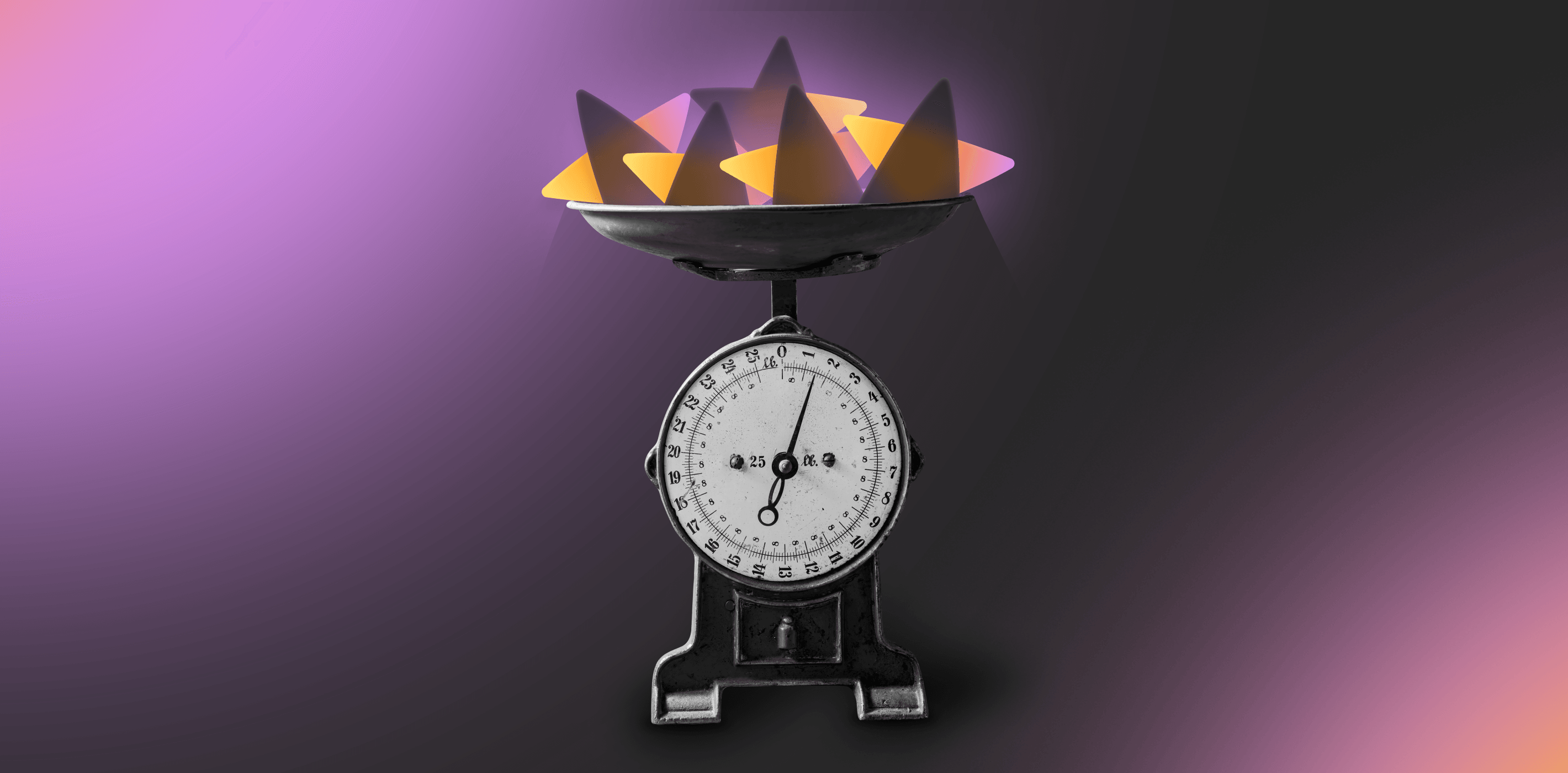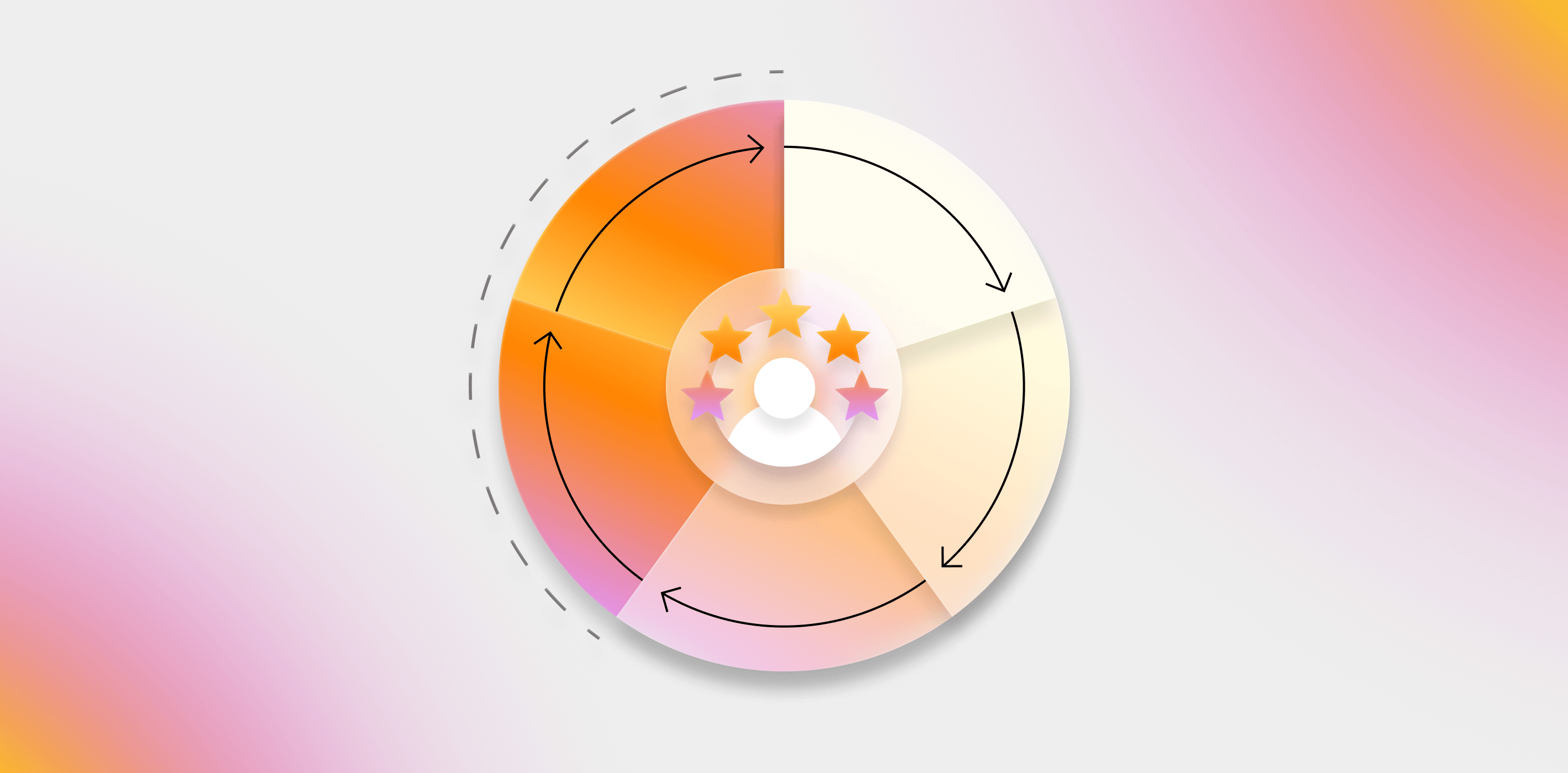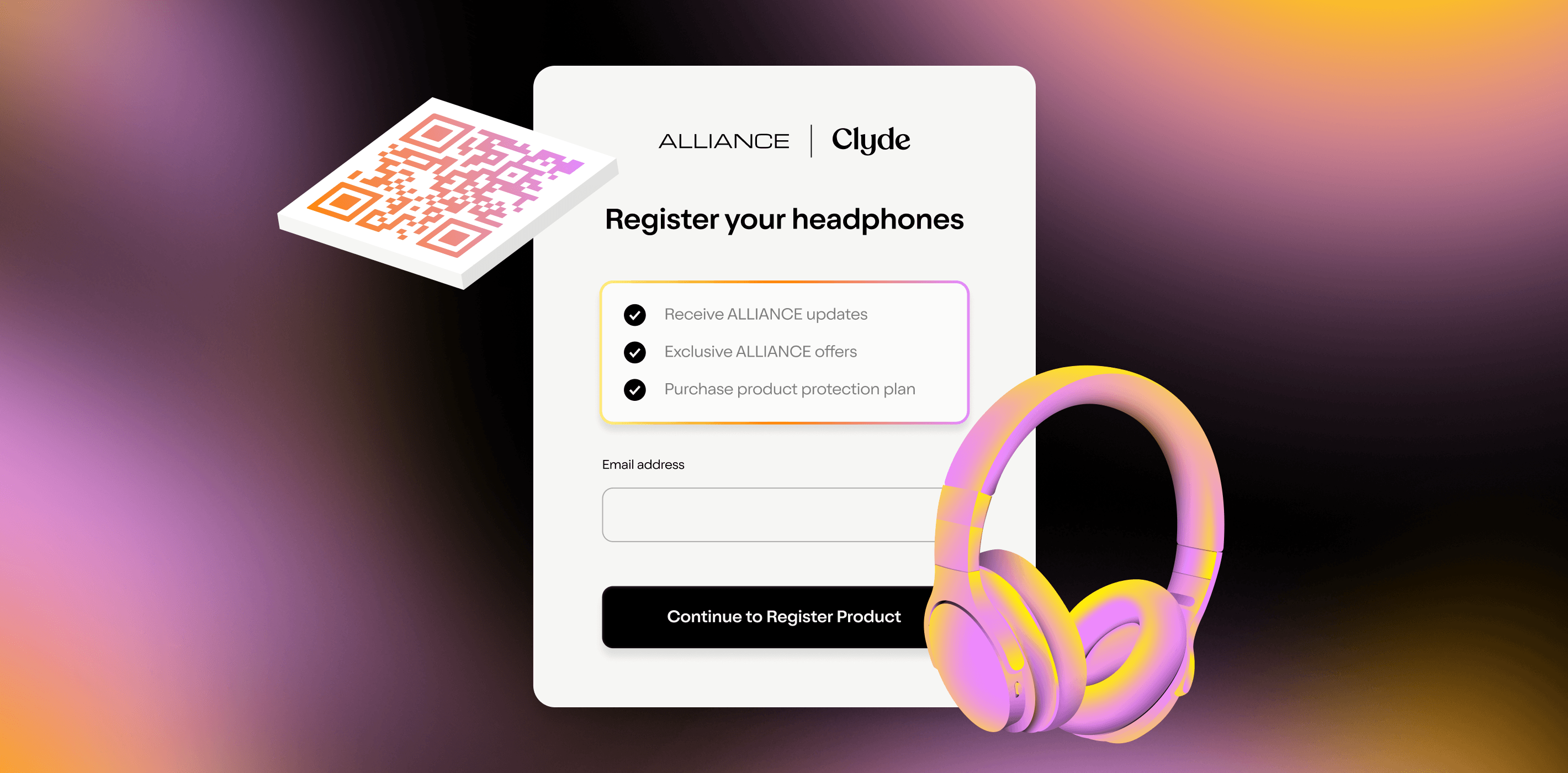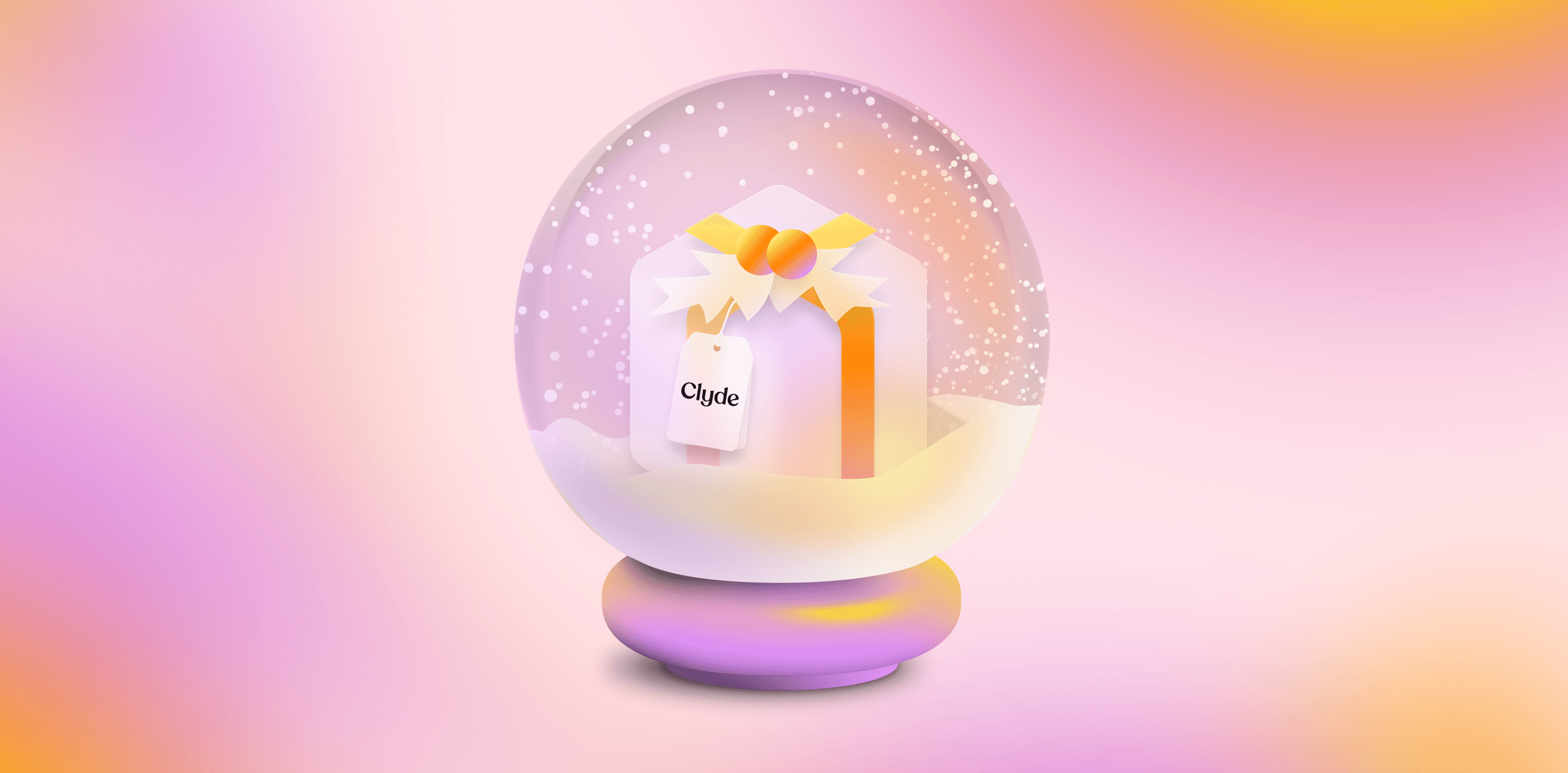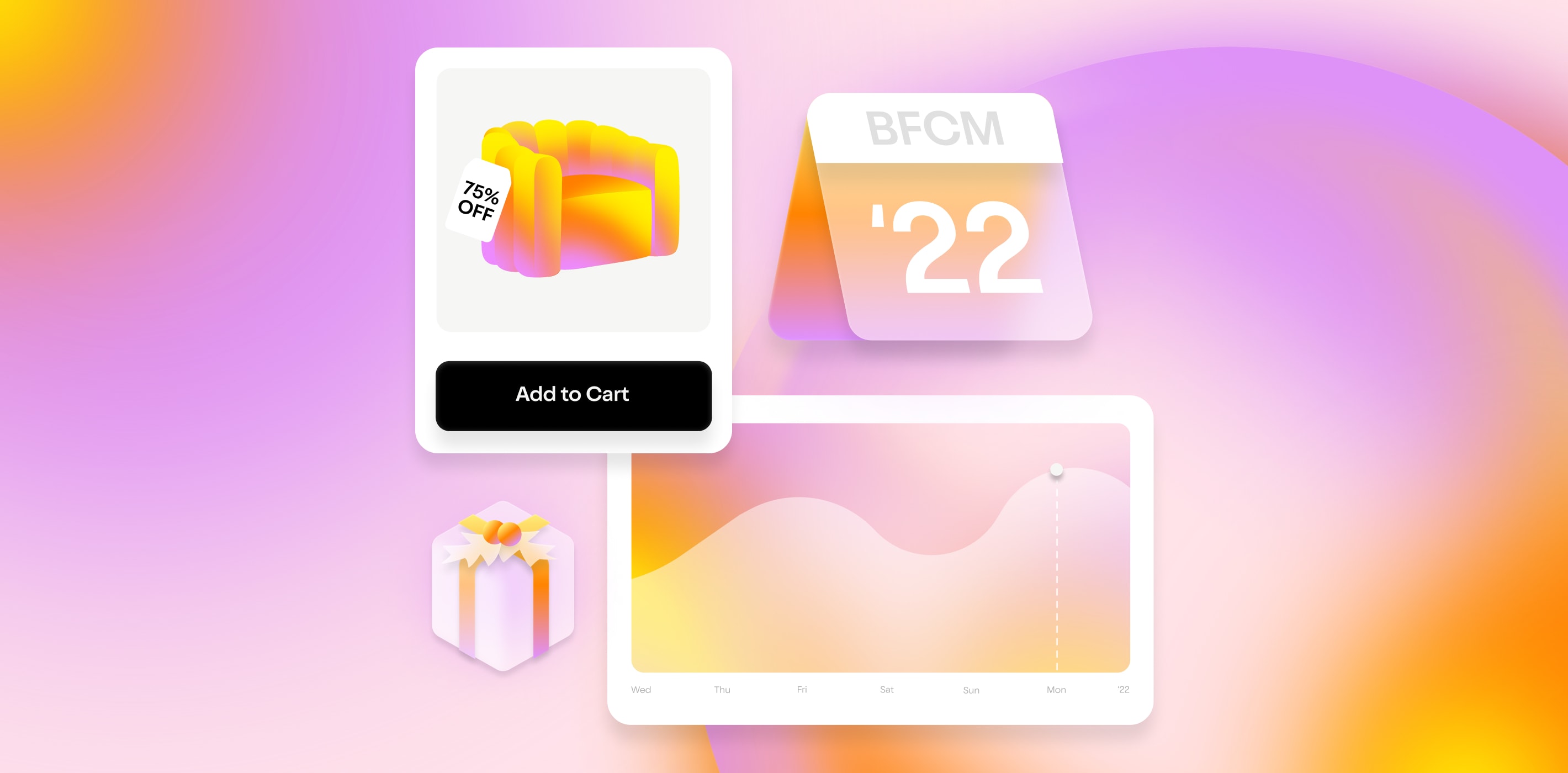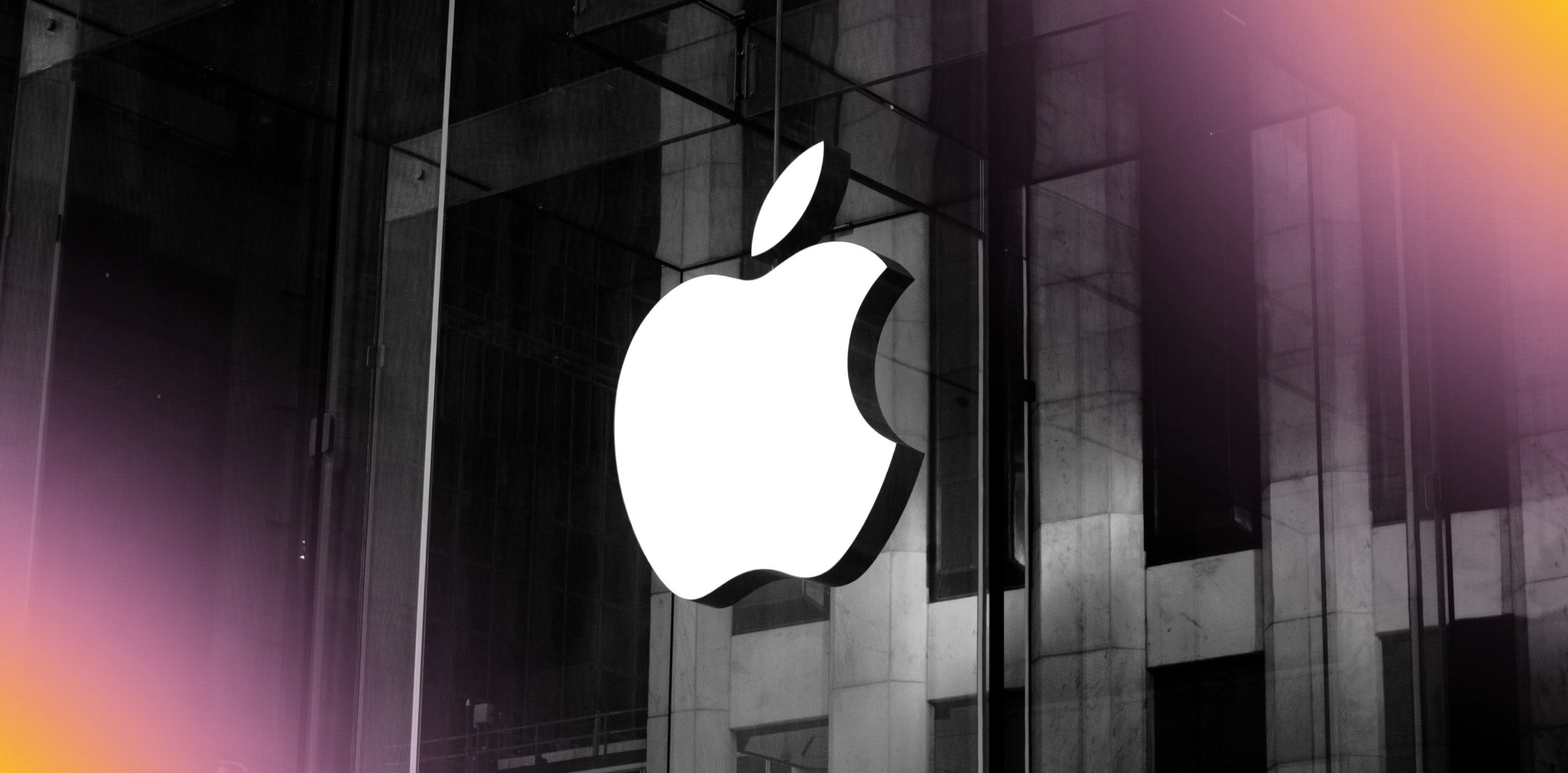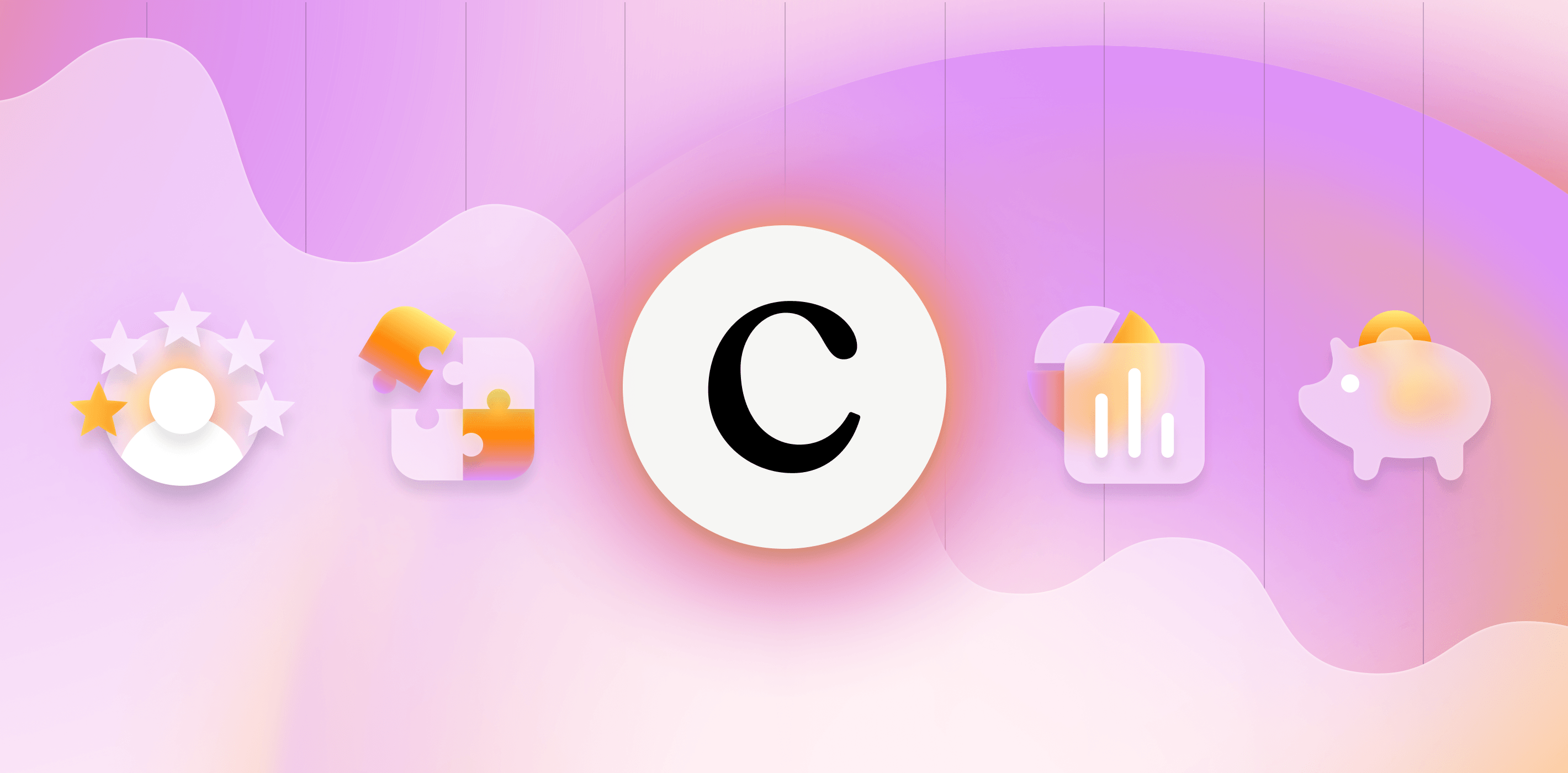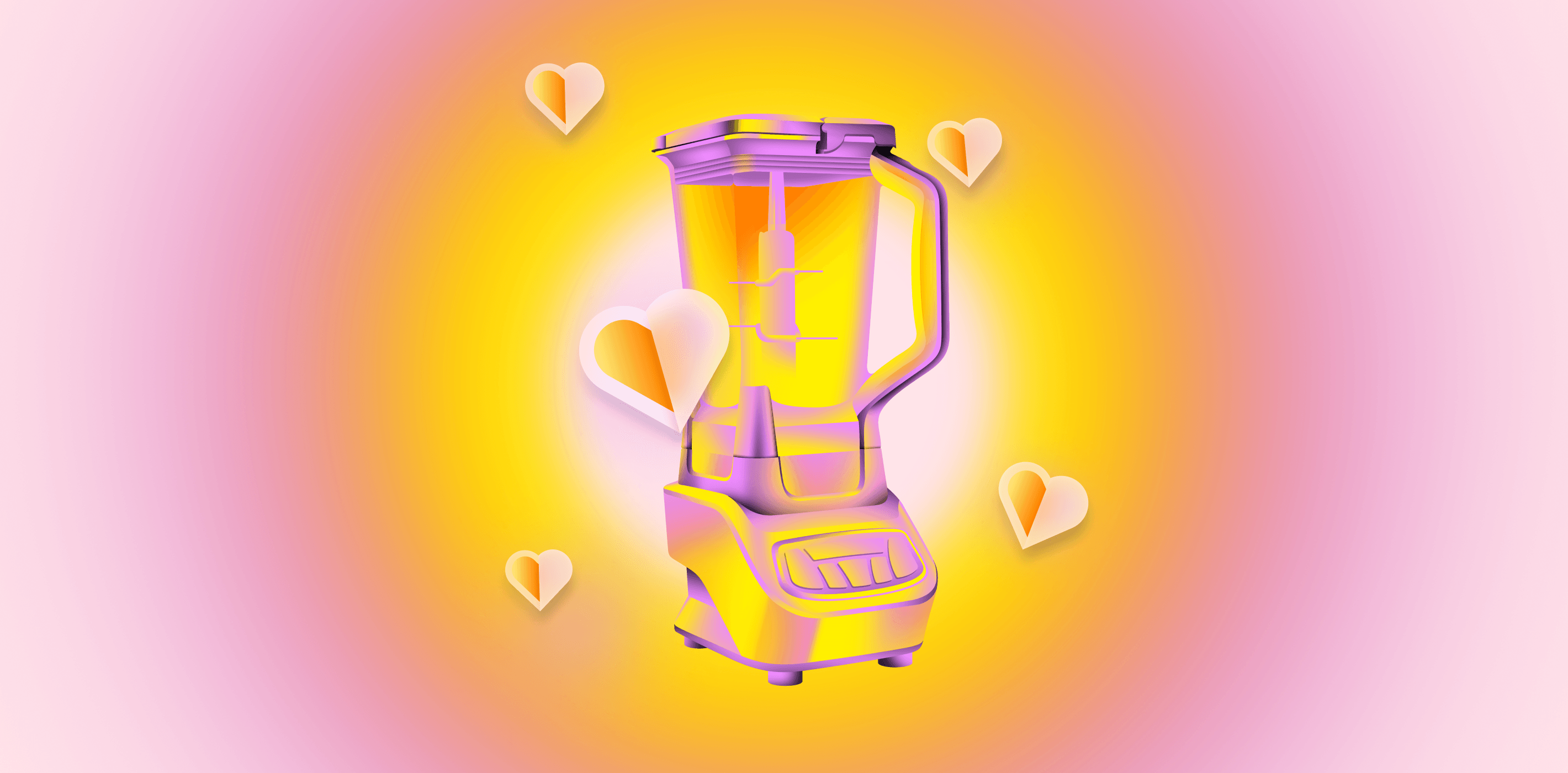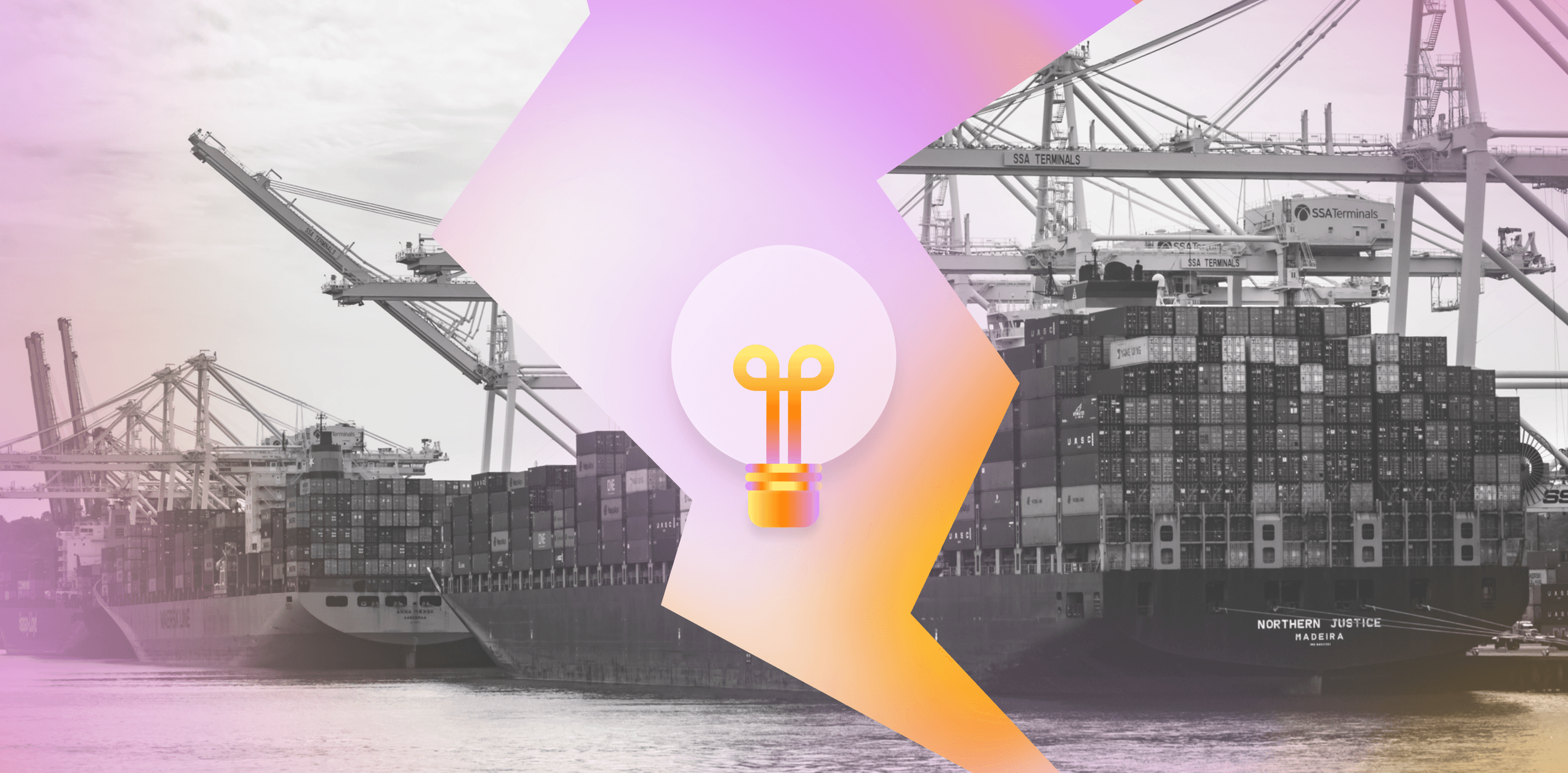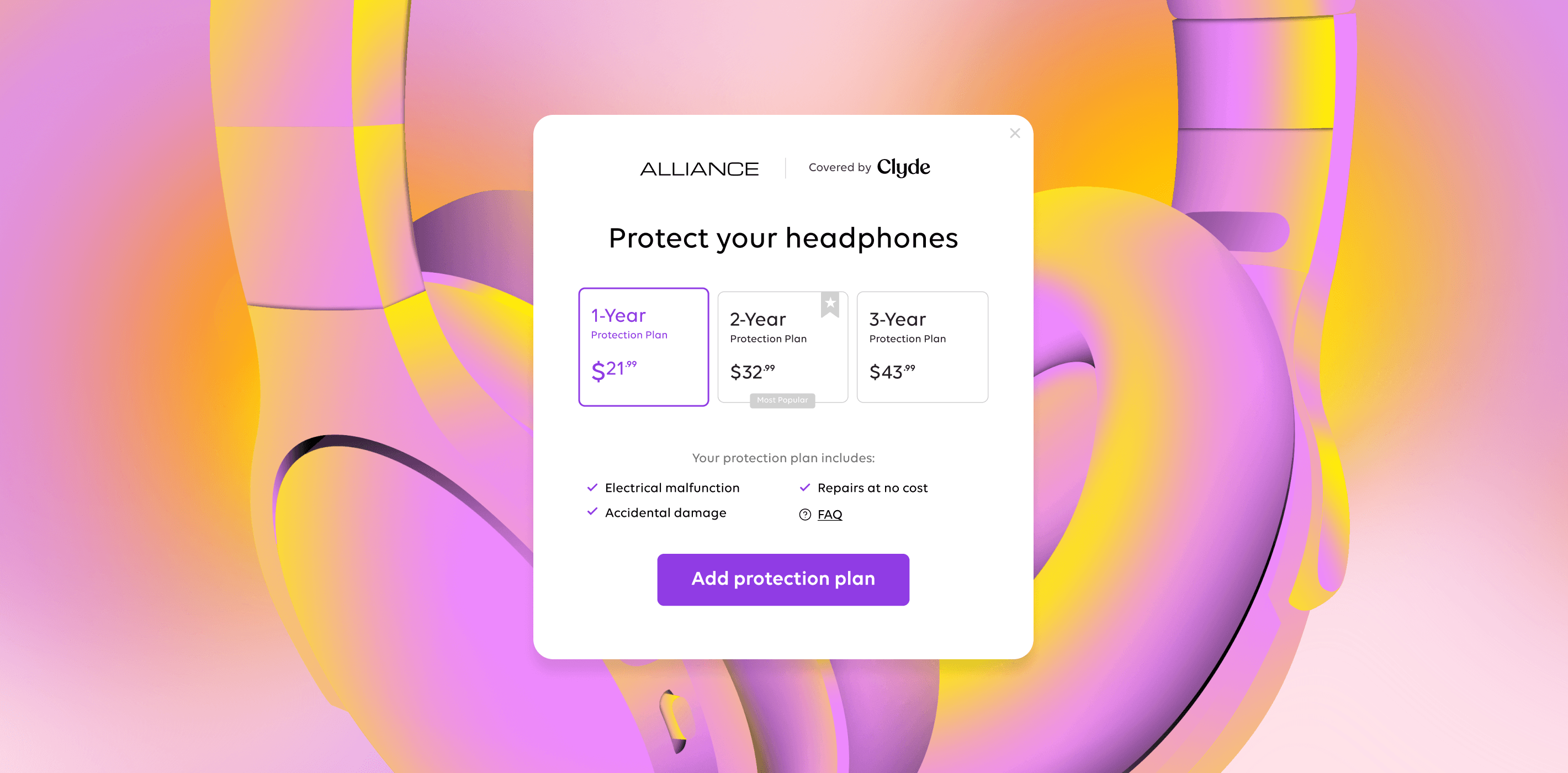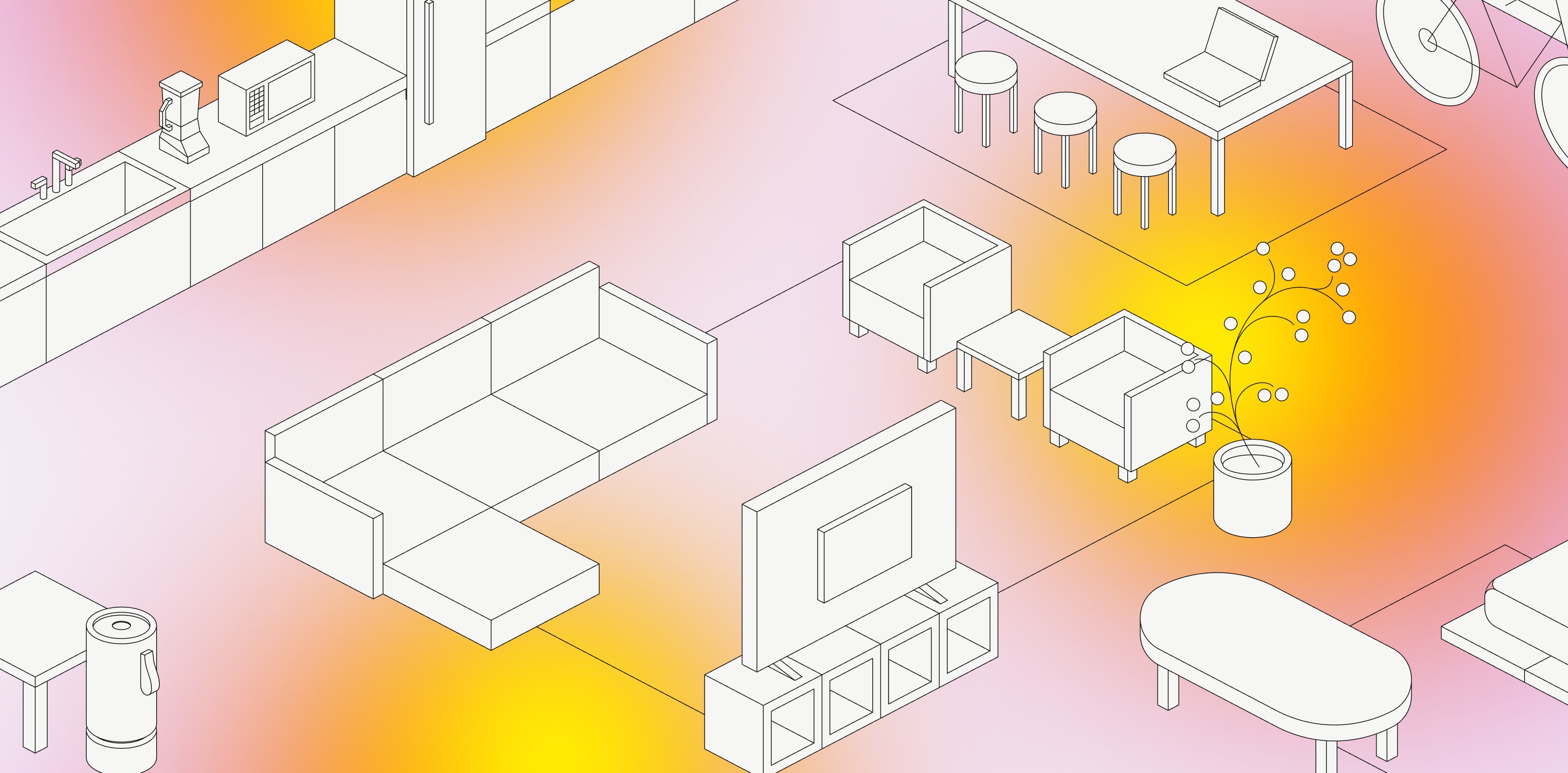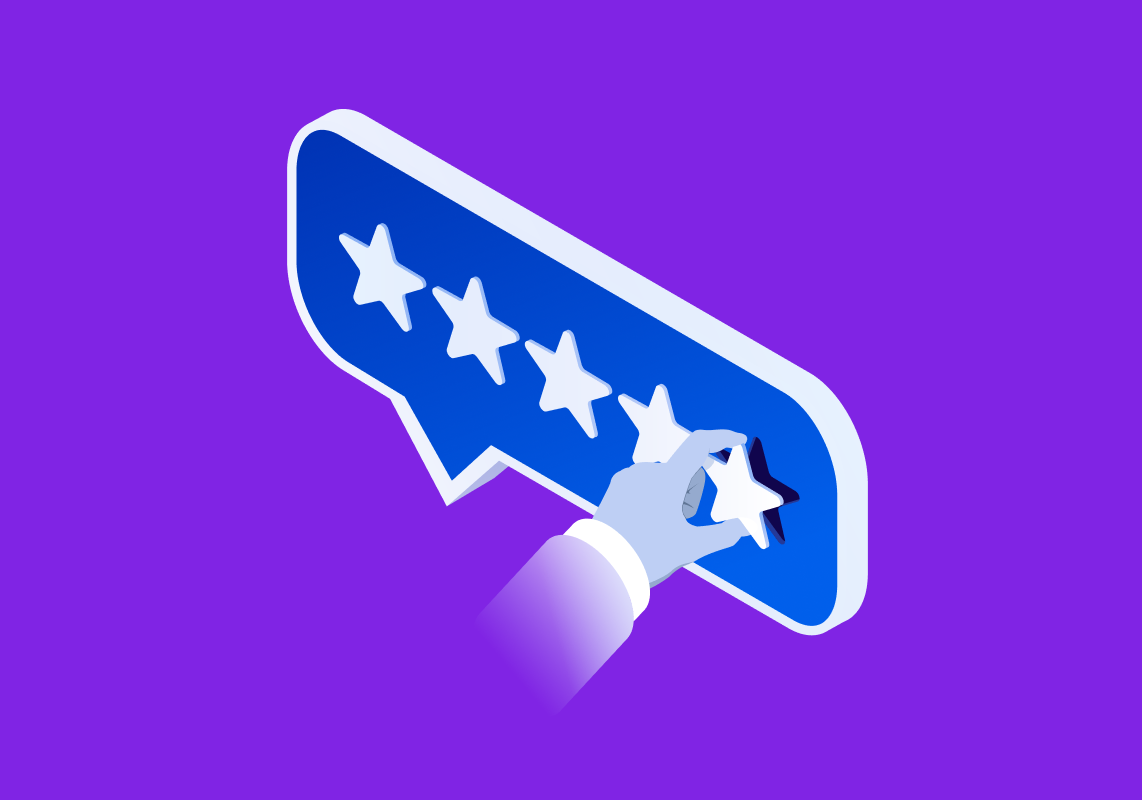If I asked you what the three most important metrics for any eCommerce retailer to keep an eye on are, what would you respond?
It’s a subjective question, and I’d be happy to get into a spirited debate about the merits of net promoter score vs. customer acquisition. But there’s one key metric that reigns supreme, no matter your niche, size, or sales strategy: your average order value (AOV).
And while most advice for increasing AOV is centered on things you can do before your customers check out, that’s a bit obvious. Taking a more zoomed-out approach and focusing on post-purchase opportunities can provide major benefits to you, your customers, and your metrics.
Here’s what we’ll cover in this article:
What is AOV and how is it measured?
Why does AOV matter?
Three ways to grow average order value post-purchase
Upselling: letting customers know about relevant add-on and complementary products after checkout
Purchase reminders: encouraging customers to upgrade themselves or their gift recipients on a regular basis
Extended warranties: helping customers protect their products while driving up AOV
What is AOV and how is it measured?
Average order value is exactly what it sounds like—it’s the average amount a customer spends per order. It’s different from customer lifetime value, which is a function of their spend x the length of time that they are a customer.
Across industries, AOV is going up. Last year’s IR500 report found that the median AOV for online retailers went up from $130 to $150, suggesting that customers are spending more each time they check out. That trend is particularly strong with housewares, home furnishings, jewelry, and electronics:
Source: Digital Commerce 360, Internet Retailer 500, 2019
Why does AOV matter?
Knowing your AOV tells you a lot about your customer: what they usually purchase, when they’re willing to spend more than that amount and why, and what price points they feel most comfortable with.
There’s no one right place your AOV should be, but like with most sales metrics, more is always better. Having a higher AOV means higher revenue even if customers don’t become lifelong converts. (Ideally, they would, but that’s a focus for a different article .)
How to grow average order value post-purchase
Focusing on increasing AOV only before your customer has placed an order can feel risky. What if you scare them away with too many add-on options or product bundles?
Spread out your AOV-enhancing marketing strategies throughout the whole process for a low-risk, high-reward approach.
1. Upselling
Skillful upselling works for you because it means extra revenue and it works for your customers because it lets you build a partnership with them and fulfill their needs over time. But note the “skillful”: this is targeted, relevant post-purchase offers, not bombarding a buyer with a million and one products as soon as they’ve gotten their order confirmation.
Etsy does this well; in their post-purchase confirmation email, at the very bottom, they include a few “related items” to add on to your order:
If I’ve just bought a photo of a Boston skyline from this retailer, I might be tempted to get another iconic shot from them, particularly since their way of showing me this option was so unintrusive.
2. Purchase reminders
What kind of regular buying cycle are most of your customers on? Depending on your product niche, you might be able to predict exactly when your customers are most likely to be interested in future purchases.
For example, If someone bought a bouquet for you this Mother’s Day, chances they’ll need another one next year. Same goes for consumer goods, clothing, and food—all of that needs to be constantly replenished.
Use reminders as a chance to grow AOV by suggesting product upgrades, especially for gift purchases, since research shows that spending money on people to whom we have strong social ties makes us happier than spending money on ourselves.
Check out this reminder to buy birthday flowers. It suggests buying a deluxe bouquet—more expensive than the original purchase—as a last-minute birthday gift:
3. Extended warranties
Offering warranties post-purchase does two things: first, it makes customers feel secure in knowing that their recent purchase will be covered and that they have a partner to help them out if anything happens, and second, it drives AOV with high-margin products that sellers don’t even have to administer themselves.
For instance, Chili Sleep saw an 11% increase in AOV after they offered product protection through Clyde after checkout:
Growing average order value post-purchase is well within reach
Offering relevant upsells, helpful product purchase reminders, and peace-of-mind-granting product protection can all help drive up average order value over time. If your ecommerce business hasn’t already invested in post-purchase communication, you should—it’s a great way to build a relationship with your customers over time, driving up not just AOVs but also customer satisfaction and purchase frequency. Pretty sure we don’t need a debate to agree on that being good for everyone!
SIGN UP FOR OUR NEWSLETTER

